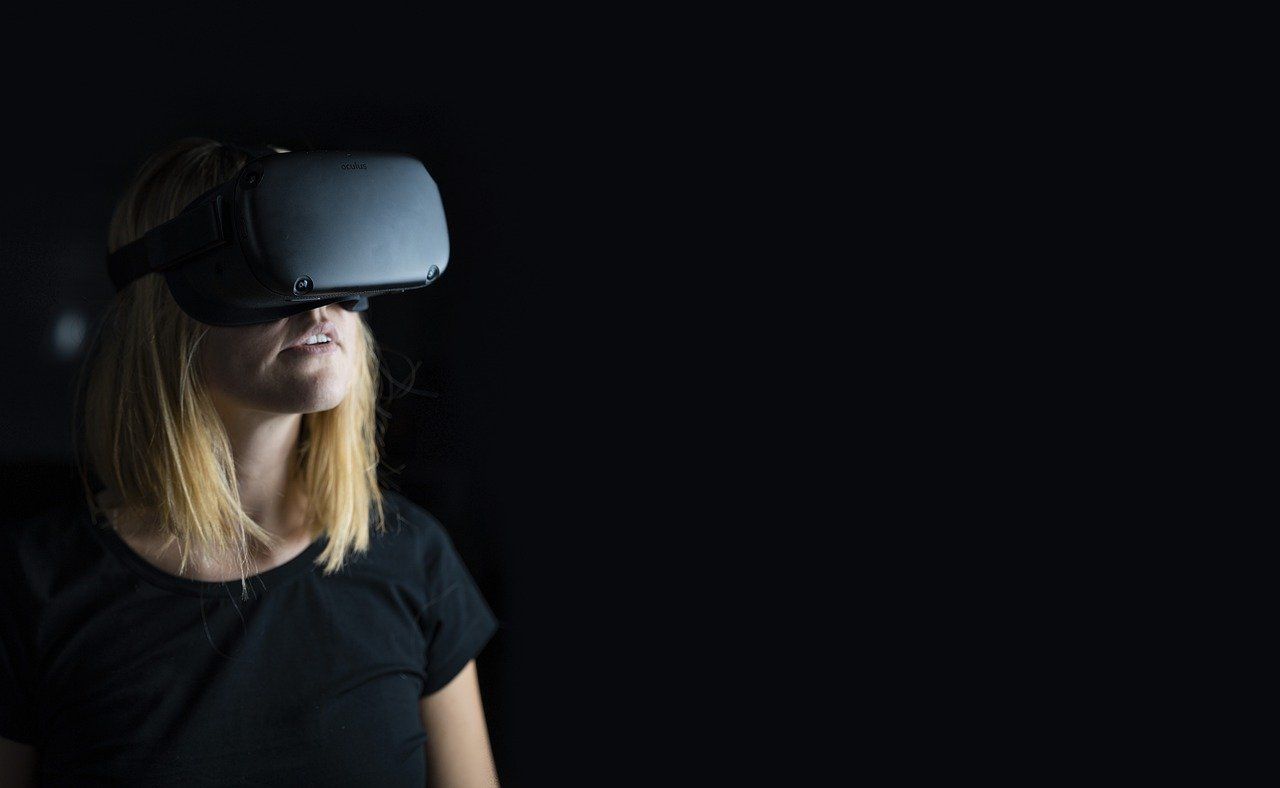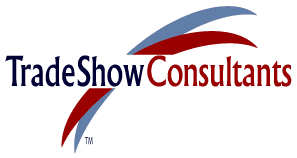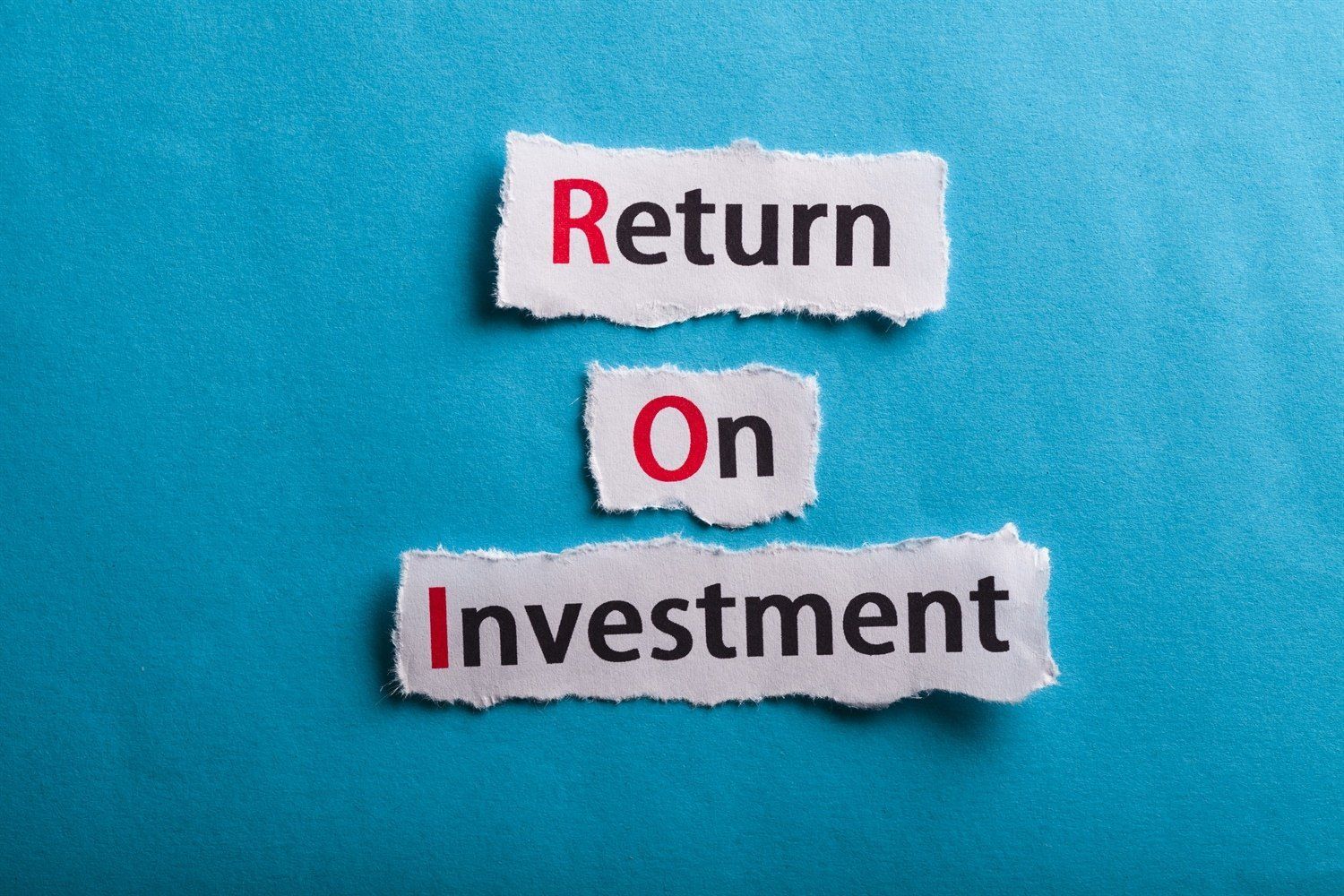Is a Live Trade Show A/V Presentation in Your Exhibiting Future?
While most trade show exhibits highlight individual product presentations, there are times when an exhibitor might do well to stage a live presentation/demonstration to better present, explain and demonstrate its products and services in the often confusing trade show environment.
The idea of staging a live product presentation/demonstration is not at all new. Many corporations over the years have successfully used the live medium to communicate complicated product information to large audiences. There are many products and services whose features, benefits and sometimes complex applications might be more easily and effectively communicated by staging a live presentation/demonstration type show, rather than trying to rely solely on individual face to face sales in an exhibitor’s booth.
Studies show that sight is the most used human sense and that 75% of all environmental stimuli are received through visual reception compared to 38% from audio messages. According to a recent University of California at Los Angeles study, 55% percent of what an audience learns comes directly from the visual messages.
A Wharton Research Center study has also shown that the retention rate of verbal only presentations is approximately 10%. However, when you combine visual messages with verbal communication, you increase the retention rate to nearly 50%. And a cleaver use of audio, visual with an added feature of a light entertainment factor promises to increase retention even more dramatically.
A primary objective in deciding to embark on presenting a live presentation/demonstration at a trade show should be to have enough time and environmental control to cleverly and clearly communicate and deliver your information to more prospects and customers at one time than you could with the standard form using individual booth duty personnel. There are many advantages and opportunities to be gained by designing, developing and presenting a live product or business presentation at any given trade show.
According to Kristin Veach, VP of Marketing, Live Marketing, Inc. (kveach@livemarketing.com, ( http://www.livemarketing.com/ ) there are 5 important reasons to consider producing and presenting a live presentation/demonstration at your next important trade show.
Maximize Your Visibility
A live presentation serves as a magnet to draw your target audience—prospects, existing customers, strategic partners, consultants, investors and the press—providing many opportunities to retain key customers, reinforce a company’s branding and positioning, introduce new products and services, and generate qualified sales leads.
1. Effectively Communicate Your Message
A significant portion of a salesperson’s time at a show is usually spent presenting a company’s products, services or solutions one-on-one with prospects. A live presentation uses the most effective communications techniques to achieve impact, understanding, and memorability to deliver that message to as many people as possible. Attendees learn more in less time, and key prospects will more likely stay in the booth longer to discuss their needs with booth staff at a higher level. As a result, the sales team is freed to directly address prospects’ applications, answer specific questions, and discuss the next step in the process of making and closing deals.
2. Engage the Most Qualified Prospects
A live presentation attracts, educates, qualifies, and connects potential buyers with booth staff. After the presentation, “tire kickers” usually leave, while key prospects are identified so sales staff can focus their attention on those attendees having a committed buying interest. The sales team benefits by talking with a constant flow of informed and pre-qualified prospects, motivated to take the next step.
3. Increase Memorability
On the tradeshow floor, surveys have shown that live theatrical presentations and demonstrations are the single most powerful factor in increasing brand and product memorability. 69% of attendees rated live presentation strategies (product demonstrations and stage/theatre presentations) as a factor in influencing memorability, compared to 64% for product interest and 51% for a well-known company. (Source: Center for Exhibition Industry Research (CEIR), “Most Remembered Exhibits: An Analysis of the Factors Affecting Exhibit Recall,” MCRR 5040.)
5. Built-In Follow-Up Mechanism
- When your products and/or services are too complicated and difficult to explain in the short time frame of a trade show booth visit, a live audio/visual presentation/demonstration can offer an opportunity to present more in depth, technical and essential product information to get your message across the first time and every time there after.
- When your corporate public relations strategy wants to expose most all trade show attendees to new product developments, financial and corporate advancement information or industry wide business developments and they also want to provide an opportunity for informal two way communications.
- When you need a totally controlled environment from which to communicate complicated, detailed information to your prospects, customers, employees, dealers and/or distributors on a more selective basis.
- When you want to combine light entertainment with your product or corporate business communications to better get your message across in a more professional theatrical type fashion.
- When it’s time for your corporation to take a different route to trade show exhibiting and you just want to try something new, exciting, creative, memorable and fun to out distance the competition.
Once you decide to design, produce and stage a professional presentation/demonstration you’ll want to ensure that the people you hire are experienced and totally capable of guiding you and your management staff through the various stages of show development.
Your exhibit will need to be designed and constructed just like a modern theater including comfortable seating, proper ventilation, adequate sound system, proper staging allowing for front or rear screen projection and appropriate lighting. You’ll want to make sure that all rules and regulations of the trade show convention center are met before design and construction of your theater begins.
Before you begin the process of vendor selection, you’ll also want to create a document outlining your goals and objectives of the exhibit and live presentation/demonstration to ensure that everyone in your company is on the same page and that there will be no surprises. This important document will also be used to guide the vendors you select and provide them with a solid foundation on which to develop their proposals, plans, budgets and creative treatment documents.
The program material should be written, visually supported and produced to entertain, educate and inspire your audience while the key information messages are communicated, demonstrated and effectively presented. It is reasonable to design and create the presentation/demonstration to last between 15 and 20 minutes as long as it is cleaver, informative and rather fast paced. The finished presentation should be performed as written and produced time after time leaving little chance for mistakes, omissions or improvising.
Most trade show attendees seem to welcome an opportunity to sit down in a comfortable theater environment and be entertained instead of being asked to stand in an aisle or noisy booth while a dry sales pitch is presented by various levels of competent sales/marketing and or technical people.
It is also my experience to notice that most attendees will simply walk by most forms of canned audio/visual presentations being indiscriminately presented with the inexperienced exhibitor’s hopes of “grabbing” prospects and customers in the aisle.
Your overall live presentation goals and objectives can be accomplished by combining modern audio and visual technologies with creative entertainment techniques that promises to add a new and exciting dimension to your trade show exhibit program.
When tied to effective at show promotional activities and pre-show advertising and communications, your trade show live presentation/demonstration will become a must see on the show floor and be remembered by all who experience it.
After all, there’s no business like (trade) show business.













